1. California

California is once again at the forefront of climate-driven disasters, with wildfires intensifying across the state. The situation has become so severe that banks are increasingly reluctant to approve mortgage loans in high-risk wildfire zones. This trend is pushing more residents toward online lenders, who may offer less favorable terms. The combination of rising insurance premiums and limited coverage options is making homeownership increasingly precarious in these areas, according to Anna Phillips of The Washington Post.
The financial strain is compounded by the physical dangers of living in fire-prone regions. Residents face the constant threat of evacuation, property loss, and health risks from smoke inhalation. The state’s infrastructure is also under pressure, with power outages and road closures becoming more common during fire season. These challenges are prompting a reevaluation of land use and development policies in California.
2. Florida
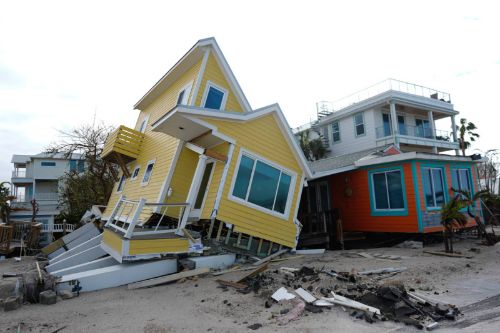
Florida is bracing for an active hurricane season, with forecasts predicting up to 19 named storms and as many as five major hurricanes. The state’s vulnerability is exacerbated by staffing shortages at key weather monitoring offices, including the National Hurricane Center in Miami, according to Oliver Milman of The Guardian. These gaps could hinder timely and localized forecasts, putting residents at greater risk. Additionally, rising sea levels and coastal erosion are threatening infrastructure and homes along the shoreline.
The economic impact is significant, with increased insurance premiums and a growing number of properties deemed uninsurable. This financial burden is leading some residents to consider relocating inland or to other states. Meanwhile, emergency preparedness efforts are being challenged by budget constraints and political debates over climate change policies. The state’s resilience will depend on coordinated responses and long-term planning.
3. Texas
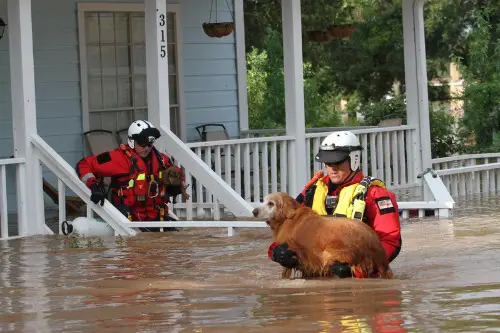
Texas is experiencing a convergence of climate-related challenges, including extreme heat, drought, and the threat of hurricanes. The Houston Zoo, for example, is taking extensive measures to safeguard its animals and facilities in anticipation of severe storms, according to Amber Kite of Fox 26. These preparations highlight the broader concerns about infrastructure resilience and emergency response capabilities. Moreover, the state’s energy grid is under scrutiny following past failures during extreme weather events.
Agricultural sectors are also feeling the strain, with crop yields affected by inconsistent rainfall and high temperatures. Water scarcity is becoming a pressing issue in both urban and rural areas. The combined effects of these challenges are prompting discussions about sustainable development and resource management in Texas. Community engagement and policy reforms will be crucial in addressing these multifaceted issues.
4. Louisiana
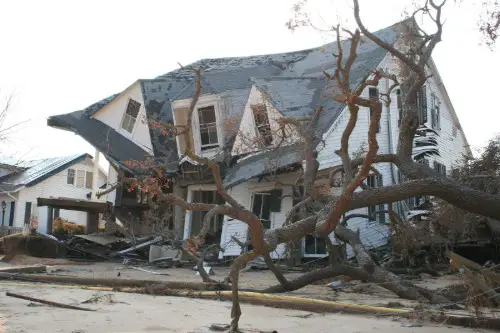
Louisiana continues to grapple with the aftermath of past hurricanes while preparing for future storms, according to Joe Cunningham of 96.5 KPEL. The state’s coastal regions are particularly vulnerable due to land subsidence and erosion. Efforts to reinforce levees and restore wetlands are ongoing but face funding and logistical hurdles. Additionally, communities are dealing with the psychological toll of repeated evacuations and property losses.
Economic disparities are exacerbating the situation, as lower-income residents often lack the resources to recover fully from disasters. Insurance challenges and housing shortages are further complicating recovery efforts. The state’s experience underscores the importance of equitable disaster response and long-term resilience planning. Collaborative approaches involving government, NGOs, and local communities are essential.
5. New York

New York is facing the dual threats of extreme heat and air quality issues, partly due to smoke from distant wildfires. Urban areas are particularly affected, with heatwaves posing risks to vulnerable populations. The state’s infrastructure, including transportation and energy systems, is under strain during these events. Efforts to expand green spaces and implement cooling centers are underway to mitigate these impacts.
Public health concerns are rising, with increased hospital admissions for heat-related illnesses and respiratory problems. The situation highlights the need for comprehensive climate adaptation strategies in densely populated regions. Community outreach and education are key components of these efforts. New York’s experience serves as a reminder that climate change impacts are not limited to traditionally vulnerable areas.
6. Illinois
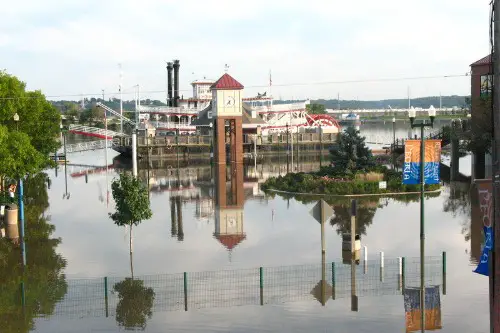
Illinois is contending with severe weather patterns, including intense thunderstorms and flooding. These events are disrupting transportation networks and damaging infrastructure. Agricultural areas are also affected, with crop losses impacting the state’s economy. Emergency services are working to enhance response capabilities and community preparedness.
Urban centers like Chicago are investing in stormwater management systems to cope with increased rainfall. Public awareness campaigns are encouraging residents to develop emergency plans and kits. The state’s experience underscores the importance of integrating climate resilience into urban planning. Collaboration between government agencies, businesses, and communities is vital for effective adaptation.
7. Arizona
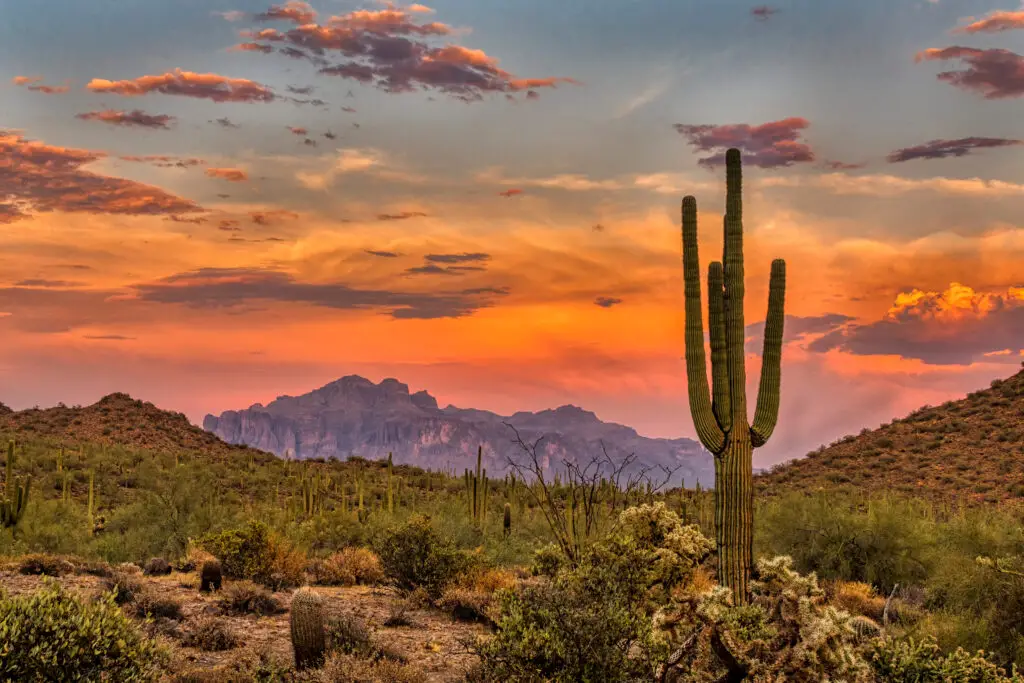
Arizona is experiencing record-breaking heat, with temperatures soaring above 110°F (43°C) in some areas. These extreme conditions are straining the state’s power grid and water resources. Public health officials are issuing warnings about heat-related illnesses, particularly among vulnerable populations. Efforts to promote energy efficiency and water conservation are gaining urgency.
The state’s agricultural sector is also under pressure, with drought conditions affecting crop yields. Urban planning initiatives are focusing on increasing green spaces and implementing heat mitigation strategies. Arizona’s challenges highlight the broader implications of climate change in arid regions. Proactive measures and community engagement are essential for building resilience.
8. Colorado

Colorado is facing a combination of drought and wildfire risks, particularly in mountainous regions. These conditions are threatening water supplies and natural habitats. The state is investing in forest management and fire prevention programs to mitigate these risks. Public education campaigns are emphasizing the importance of preparedness and responsible land use.
Tourism, a significant part of Colorado’s economy, is also affected by these environmental challenges. Smoke from wildfires can deter visitors and impact outdoor recreation. The state’s experience underscores the interconnectedness of environmental health and economic vitality. Collaborative efforts between government, businesses, and communities are key to sustainable solutions.
9. Washington
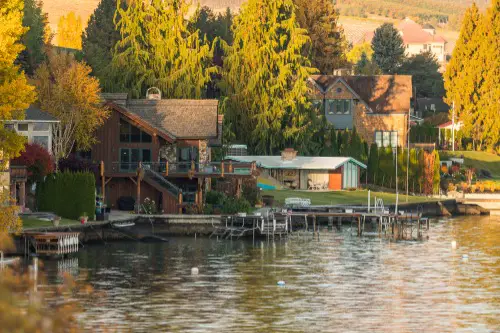
Washington is dealing with the impacts of extreme heat and drought, leading to increased wildfire risks. These conditions are affecting both urban and rural areas, with implications for public health and agriculture. The state is enhancing its emergency response systems and investing in climate resilience initiatives. Community involvement is a crucial component of these efforts.
Water resource management is becoming increasingly important, as drought conditions strain supplies. Efforts to promote conservation and sustainable practices are underway. Washington’s challenges highlight the need for integrated approaches to climate adaptation. Long-term planning and investment are essential for building resilience.
10. Massachusetts
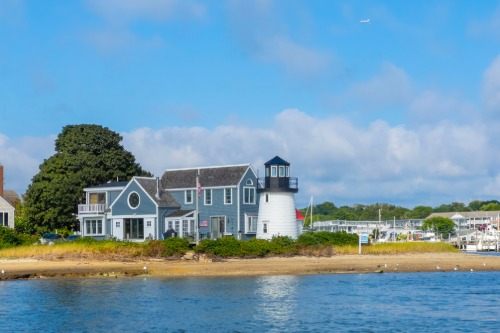
Massachusetts is experiencing a rise in extreme weather events, including heavy rainfall and coastal flooding. These conditions are threatening infrastructure and prompting concerns about sea-level rise. The state is investing in coastal defenses and green infrastructure to mitigate these risks. Public engagement and education are key components of these initiatives.
Urban areas are focusing on improving stormwater management and enhancing emergency preparedness. The state’s experience underscores the importance of proactive planning in the face of climate change. Collaboration between government agencies, communities, and stakeholders is vital for effective adaptation. Massachusetts serves as a model for integrating climate resilience into policy and planning.
11. Missouri

Missouri is facing a series of natural disasters, including severe storms and flooding. These events are causing significant property damage and impacting agricultural productivity. The state is working to enhance its emergency response capabilities and infrastructure resilience. Community preparedness and education are central to these efforts.
Economic impacts are being felt across various sectors, with recovery efforts requiring substantial resources. The state’s experience highlights the need for comprehensive disaster planning and risk management. Collaboration between government, businesses, and communities is essential for effective recovery and resilience building. Missouri’s challenges underscore the broader implications of climate change across the Midwest.
12. Tennessee
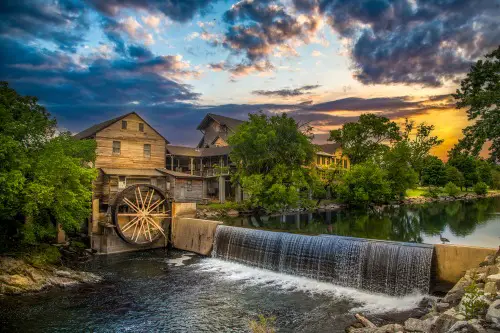
Tennessee is dealing with the effects of extreme weather, including heavy rainfall and flooding. These events are impacting infrastructure and posing risks to public safety. The state is investing in flood mitigation projects and emergency preparedness initiatives. Community engagement and education are key components of these efforts.
Agricultural sectors are also affected, with crop losses impacting the state’s economy. Efforts to promote sustainable land use and water management are underway. Tennessee’s experience underscores the importance of integrating climate resilience into planning and development.


